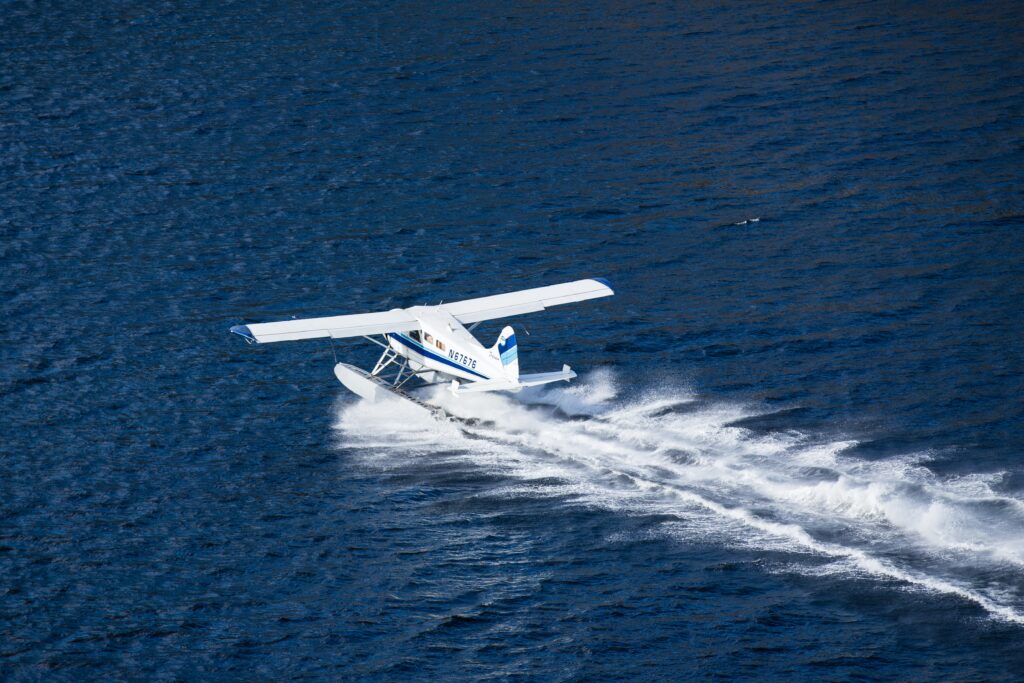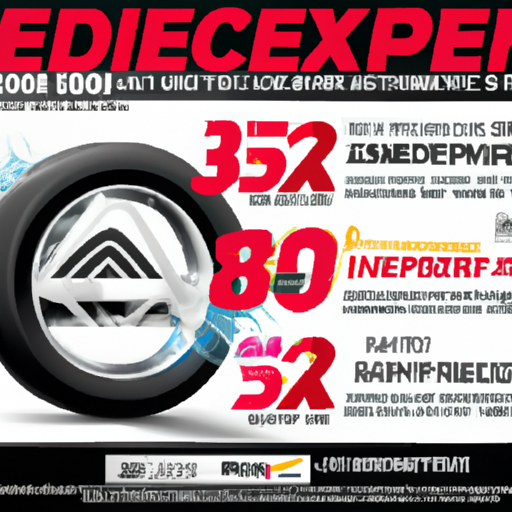Imagine yourself cruising down the road on a rainy summer day when suddenly, your car starts to lose traction and slide uncontrollably. This terrifying phenomenon is known as hydroplaning, and it occurs when your tires lose contact with the road due to a layer of water. But fear not, because there’s a solution to keep you safe on wet roads – summer tires. These specialized tires are designed with unique tread patterns and rubber compounds that enhance grip and channel water away, reducing the risk of hydroplaning. Read on to learn more about hydroplaning and how summer tires can be your trusty ally when faced with wet conditions.

What is Hydroplaning
Definition of Hydroplaning
Hydroplaning is a phenomenon that occurs when a layer of water builds up between the tires of a vehicle and the road surface, causing the tires to lose traction. When this happens, the driver loses control of the vehicle, making it extremely dangerous. Hydroplaning can occur in any weather conditions, but it is most common during heavy rainstorms or when roads are wet. It is important for drivers to understand the causes and dangers of hydroplaning to prevent accidents and stay safe on the road.
Causes of Hydroplaning
There are several factors that can contribute to the occurrence of hydroplaning. One of the main causes is the presence of water on the road. When it rains or when there is a lot of standing water on the road, the tires can’t displace the water quickly enough, leading to a loss of traction. The depth of the water on the road also plays a role in hydroplaning. The shallower the water, the more likely it is for hydroplaning to occur.
The speed at which a vehicle is traveling also influences the likelihood of hydroplaning. The faster you drive, the harder it is for the tires to push the water aside, increasing the risk of hydroplaning. Additionally, the condition of the tires and their tread depth can affect hydroplaning. Worn-out tires or tires without sufficient tread depth are more prone to hydroplaning as they are unable to grip the road effectively.
Dangers of Hydroplaning
Hydroplaning can be extremely dangerous as it significantly reduces the driver’s control over the vehicle. When hydroplaning occurs, the driver may experience a loss of steering control, making it almost impossible to navigate the vehicle safely. The vehicle may slide or spin, and the driver may be unable to brake effectively. This can lead to accidents, collisions, or even cause the vehicle to leave the road entirely.
In addition to the immediate danger posed by hydroplaning, there is also the risk of secondary accidents. Other vehicles on the road may not anticipate or react quickly enough to the hydroplaning vehicle, resulting in a chain reaction of collisions. Hydroplaning can also increase the risk of skidding or sliding when trying to change lanes or make turns, further endangering the driver and passengers.
How Summer Tires Help Prevent Hydroplaning
Features of Summer Tires
Summer tires are specifically designed to provide better performance in dry and wet road conditions compared to all-season tires or winter tires. They are made from a unique rubber compound that remains flexible in warm temperatures, ensuring optimal traction with the road surface. Summer tires also have a tread pattern that promotes better handling and grip, enhancing the vehicle’s ability to navigate wet roads and prevent hydroplaning.
Tread Design and Hydroplaning Prevention
One of the key features that make summer tires effective in preventing hydroplaning is their tread design. Summer tires often feature wider grooves and channels than all-season or winter tires. These wide grooves help to effectively channel water away from the tire’s contact patch, reducing the risk of hydroplaning. Additionally, the tread pattern is designed to create multiple edges and biting points, further enhancing traction on wet roads.
The tread pattern of summer tires also includes smaller slits or sipes, which provide additional grip on wet surfaces. These sipes help to evacuate water from the tire’s contact patch, allowing the rubber to maintain contact with the road. By effectively displacing water, the tread design of summer tires helps prevent the buildup of water between the tire and the road, reducing the chances of hydroplaning.
Compound and Hydroplaning Resistance
The rubber compound used in summer tires is another crucial factor in their ability to resist hydroplaning. Summer tires are made from a unique blend of rubber that retains flexibility even in warm temperatures. This flexibility allows the tires to conform to the road surface, maximizing the tire’s contact with the road. The enhanced contact ensures better traction and grip, reducing the likelihood of hydroplaning.
The specialized rubber compound used in summer tires also helps to improve the tire’s resistance to hydroplaning. The compound is designed to repel water and prevent it from building up between the tire and the road. This hydroplaning resistance is crucial in wet conditions, as it enables the tire to maintain consistent contact with the road surface, providing the driver with better control over the vehicle.
Proper Tire Maintenance
To ensure that summer tires effectively prevent hydroplaning, proper tire maintenance is essential. Regularly checking the tire pressure is crucial, as underinflated or overinflated tires can affect the tire’s grip on the road, increasing the risk of hydroplaning. It is recommended to follow the manufacturer’s guidelines for the recommended tire pressure.
Monitoring the tread depth is also important. As the tread wears down, the tire’s ability to displace water and prevent hydroplaning diminishes. It is recommended to replace summer tires when the tread depth reaches around 4/32 of an inch. Regularly inspecting the tires for any signs of damage or uneven wear is also important for maintaining optimal performance and reducing the risk of hydroplaning.
Speed Ratings and Handling in Wet Conditions
When choosing summer tires to prevent hydroplaning, it is important to consider their speed ratings. Each tire has a specific speed rating that indicates the maximum speed the tire can safely handle. Choosing tires with a higher speed rating allows for better handling in wet conditions, as they are designed to withstand higher speeds and provide improved traction.
It is important to remember that even with summer tires designed for enhanced wet performance and resistance to hydroplaning, driving too fast for the conditions can still increase the risk of hydroplaning. It is essential to adjust your driving speed to accommodate wet or rainy conditions, even when equipped with summer tires. Slowing down and maintaining a safe following distance are critical in preventing hydroplaning and ensuring your safety on the road.
In conclusion, hydroplaning is a dangerous phenomenon that can occur in wet conditions, posing a significant risk to drivers. Summer tires offer several features that help prevent hydroplaning, such as their unique compound, tread design, and ability to maintain traction on wet roads. By choosing summer tires, properly maintaining them, and adjusting your driving behavior to accommodate wet conditions, you can greatly reduce the chances of hydroplaning, ensuring a safer and more enjoyable driving experience. Stay safe and remember to prioritize your safety by equipping your vehicle with the right tires for the season and road conditions.


